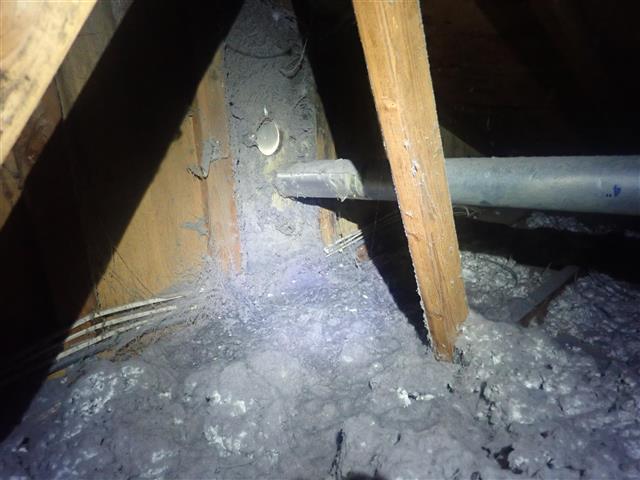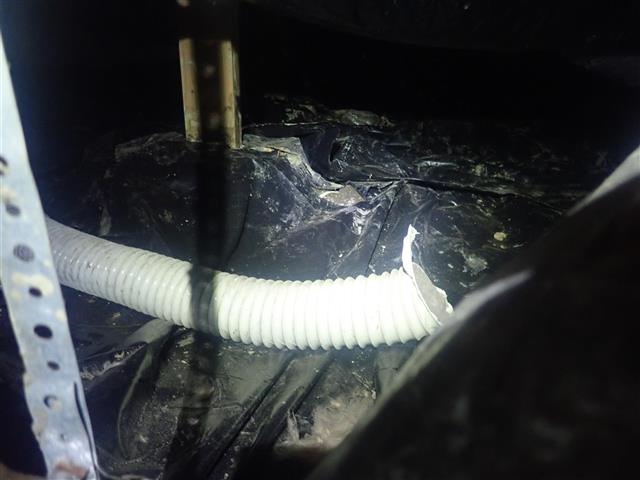
Dryer vents are a vessel for warm moist air and lint which is meant to terminate at the exterior of the home. When a dryer vent becomes disconnected the warm moist air terminates wherever the damage to the vent has occurred. Air from a dryer vent provides a conducive condition for mold and other fungal growth. Because attics and crawlspaces are unfinished areas of a home, they are already more susceptible to mold growth. The presence of warm moist air from a dryer vent intensifies this susceptibility.
Another issue with a disconnected dryer vent is lint accumulation. Lint is very flammable. The accumulation of lint anywhere in a home creates an unnecessary fire risk. When a dryer vent disconnects, it is sometimes only partially. When a partial disconnect happens and an offset in the pipe occurs, it creates an obstruction for the passage of lint. The heat from the dryer could cause the built-up lint to combust. A clogged or blocked dryer vent is a particularly serious fire safety situation.
Gas dryers present their own set of safety hazards. Gas dryers vent carbon monoxide through the dryer vent. If the vent becomes disconnected, this poisonous gas can enter the home. Carbon monoxide poisoning can be fatal and the integrity of dryer vents for gas dryers should be continuously monitored.
A common reason that dryer vents disconnect is because the sections of pipe are improperly secured. We often see duct tape used to seal sections of a dryer vent. Duct tape is known to deteriorate over time and therefore should not be used. A better option is to use metal tape or duct mastic at pipe connections. These materials have a longer service life and can better resist the heat that flows through the duct. It is a good idea to use a band clap where the vent connects to the back of the dryer.

Dryer vents can often be visible from an attic or crawlspace access hatch using a flashlight without fully entering these areas. Monitoring a dryer vent should be part of every homeowners home maintenance program. If a dryer vent is not visible a qualified inspector should be hired to perform annual inspections.
Washing machines and dryers are a convenient addition to a home and most people choose to have them installed. The inherent risks of a disconnected dryer vent should be taken into account and steps should be in place to ensure they are functioning properly. If a homeowner notices any potential issues or the vent has not been inspected recently, we recommend having the vent system inspected to help protect the home and its occupants.
Check out the attached video regarding dryer vent installation:
Note: In this video they install a screen on the vent termination. This is not recommended as it can cause lint accumulation.
